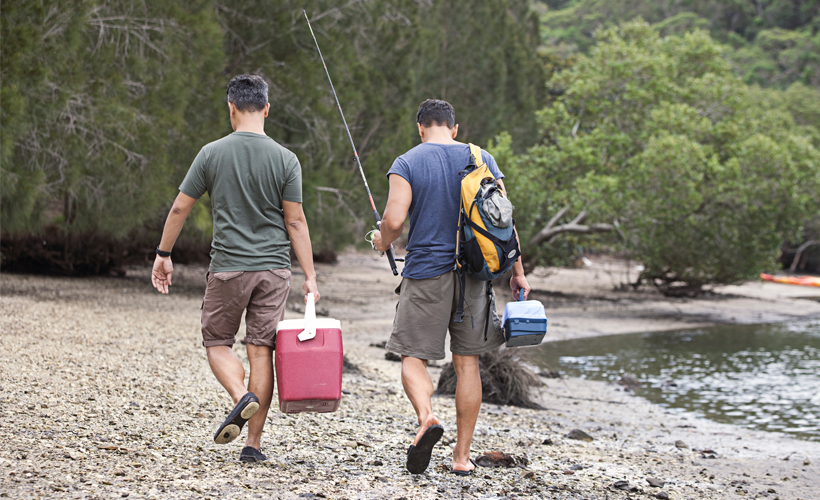
Drowning risk changes throughout a person’s lifespan. As teenagers reach adulthood, legal drinking age and gain greater independence, their risk of drowning also increases.
Males are known to be at higher risk of drowning than females, particularly during adolescence and early adulthood as risk-taking behaviour becomes more apparent.
The low impact nature of aquatic activity makes it an ideal form of physical activity and recreation for older people. However, reduced physical ability and pre-existing medical conditions contribute to the drowning risk in this age group.
Young males aged 15 to 29 years, and older people aged 65+ years are therefore priority areas for Royal Life Saving's drowning prevention work as set out in the Australian Water Safety Strategy 2030.
